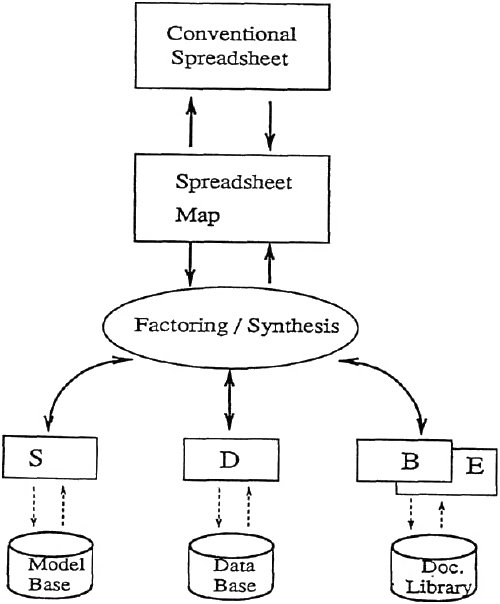Authors
Tomas Isakowitz, Shimon Schocken, & Henry C. Lucas
Abstract
In spite of the increasing sophistication and power of commercial spreadsheet packages, we still lack a formal theory or a methodology to support the construction and maintenance of spreadsheet models. Using a dual logical/physical perspective, we identify four principal components that characterize any spreadsheet model: schema, data, editorial, and binding.
We present a factoring algorithm for identifying and extracting these components from conventional spreadsheets with minimal user intervention, and a synthesis algorithm that assists users in the construction of executable spreadsheets from reusable model components.
This approach opens new possibilities for applying object-oriented and model management techniques to support the construction, sharing, and reuse, of spreadsheet models in organizations. Importantly, our approach to model management and the Windows-based prototype that we have developed are designed to coexist with, rather than replace, traditional spreadsheet programs.
In other words, the users are not required to learn a new modeling language; instead, their logical models and data sets are extracted from their spreadsheets transparently, as a side-effect of using standard spreadsheet program.
Sample

The key to our approach is a dual logical/physical perspective that identifies four principle properties in any given spreadsheet model: schema, data, editorial, and binding.
In the figure, the area above the factoring/synthesis bubble corresponds to the physical realm of conventional spreadsheet programs, along with their appealing and intuitive user interfaces.
The area below the bubble corresponds to a logical realm in which spreadsheet models are viewed as modular objects with distinct properties that can be constructed in different ways under the user's control.
The top-down and bottom-up transitions between the physical and the logical views are made possible by the factoring and synthesis algorithms, respectively.
Publication
1993, Stern School of Business, Information Systems Working Papers, IS-93-24
